Slower retail sales, great news on inflation, and jobless claims remain trendless.
Retail sales edged higher by 0.1 percent for April (note that it rounded up to 0.1 percent, with the actual increase at 0.05 percent), with the retail control group (core retail sales) declining by 0.2 percent. A weaker reading, especially for the control group, but perhaps not unexpected after the prior month’s upwardly revised surge. Are consumers becoming more cautious in the face of tariffs? Certainly, too soon to tell, but May’s data will give us more clarity on this point. Still, not a strong report no matter how you look at it.
The Producer Price Index (PPI) showed very positive readings for April, with the final demand PPI falling by 0.5 percent (services down by 0.7 percent and goods changed), the largest decline in five years. What does this tell us about tariff impacts? Probably very little, at least for now, as pre-tariff inventories were in a range of 3-4 months for goods. Businesses are trying to hold the line on prices while they can, but if tariff rates do rise and pre-tariff inventories inexorably dwindle, firms will find it harder not to pass along higher tariffs. Today’s data for April clearly showed that margins declined, at least for the last month.
One of the best early indicators of labor market movements is initial jobless claims, and the data for the week ending last Saturday continue to show that firms are holding tight to their workers with weekly claims at a low level of 229,000 (unchanged from the prior week). The 4-week average (which helps to smooth out noise in the weekly data) has been moving higher and is now at the highest level since last October – but at 230,500 it also remains low. There is no sign of a significant falloff in the job market here.
Taken together, today’s data don’t show much (if any) impact from tariffs, but it’s probably still too soon to see them. Perhaps in a month or so. But the slowdown in retail sales is somewhat concerning, especially if it is sustained into May (and beyond). But as noted above, April’s weaker readings may simply be an offset to the jump in March. Still, weaker consumer spending and lower inflation could give the Fed some room to ease later in the year if these trends continue.
David W. Berson, Ph.D., CBE
Chief Economist
Feedback | Bio
Sign up for our Market Commentaries
Cumberland Advisors Market Commentaries offer insights and analysis on upcoming, important economic issues that potentially impact global financial markets. Our team shares their thinking on global economic developments, market news and other factors that often influence investment opportunities and strategies.
Links to other websites or electronic media controlled or offered by Third-Parties (non-affiliates of Cumberland Advisors) are provided only as a reference and courtesy to our users. Cumberland Advisors has no control over such websites, does not recommend or endorse any opinions, ideas, products, information, or content of such sites, and makes no warranties as to the accuracy, completeness, reliability or suitability of their content. Cumberland Advisors hereby disclaims liability for any information, materials, products or services posted or offered at any of the Third-Party websites. The Third-Party may have a privacy and/or security policy different from that of Cumberland Advisors. Therefore, please refer to the specific privacy and security policies of the Third-Party when accessing their websites.

